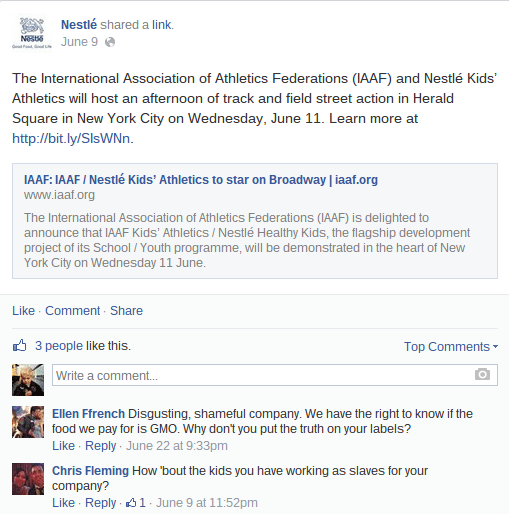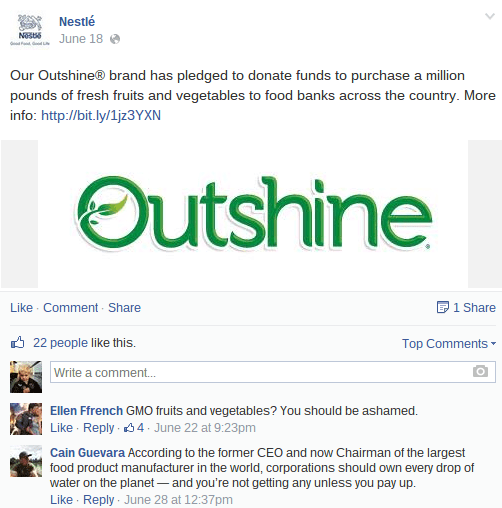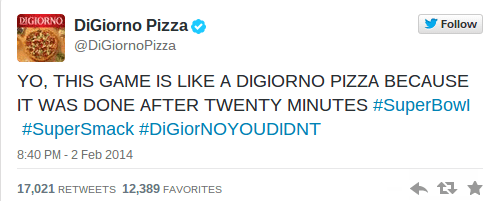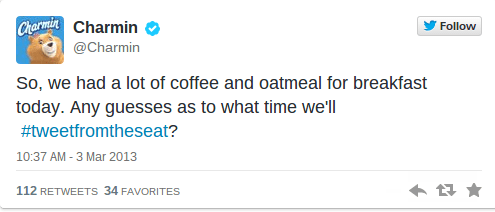Social media is an amazing communication channel. It allows for seamless connectivity in pretty much every aspect of our lives. This is true for individuals and organizations alike, and their overall objectives are largely the same: to build awareness of themselves, and to promote their message in a transparent manner.
Non-profit organizations are no exception. Social media can provide (and has been providing, see @charitywater) vast opportunities for growth and success. In my last blog, I talked about how easy it can be for organizations to bypass the “social” aspect of social media. For non-profits, the message is everything. Conveying that information to the public is a true art form and is made very manageable by social media networks’ communicative nuances. Which brings us to reason number one…
Information Is Influence
Every social media platform utilized by an organization should be a large part of their content strategy. While nonprofits tend to live and breathe their message every day, having a written plan surrounding that message will help to streamline social media communication efforts (as well as other content-based efforts, like press releases, brochures, etc.).
As humans, our emotions often play a large role in many of our decisions on a day-to-day basis. As such, the emotional response of the target audience plays a critical role in many nonprofit marketing strategies. In order to leverage the influence a nonprofit cause or message has, it’s important to plan the implementation of your information accordingly. In short – your information is powerful, so treat it as such.
Information travels so rapidly through social media that it can sometimes be hard to keep track. Twitter, for instance, has the power to directly reach over 120 million people in a matter of 2 minutes. Wielding the power to disseminate your information to a large audience with your fingertips is truly remarkable, and it should not be understated from a marketing standpoint. Which brings us to…
Building Your Volunteer Base
As your information continues to spread, awareness of your cause will grow. Individuals and businesses are always looking for new opportunities to volunteer (see Deb Wagner’s recent blog), and non-profits need to take advantage of their growth in the social space. According to this Social Media Today infographic, 90% of small businesses are utilizing social media. That’s a pie that nonprofits can’t miss out on a piece of!

Seamless Conversions
In the same manner that non-profit organizations’ reach and visibility can grow in the social space, their advancement can greatly benefit as well. E-commerce continues to become more convenient and secure, and platforms are rolling out their solutions.
In 2013, Google released its One Today app – and with the tap of a finger, users could donate $1 to any charity that signed up (through an application process and creating a free profile). One Today profiles are easily linkable via any social media platform, so the fundraising process is as simple as a Tweet.
Youtube (or, ya know, Google) recently upgraded its Google for Non-profits offerings with their “donation button”. This allows for nonprofit Youtube channels to integrate a button underneath the video being played so viewers are merely a click away from helping out. Tying the message to conversions has never been easier.
So, Let Your Voice Be Heard!
Regardless of conversion methods or tactics, the message itself is what’s most important. The way nonprofits get involved and allow others to get involved is imperative in this digital age. At its core, social media gives the voices behind these great causes a megaphone to the masses. They’ve just got to turn it on to be heard.












